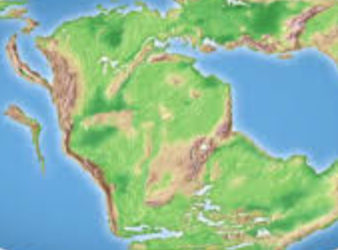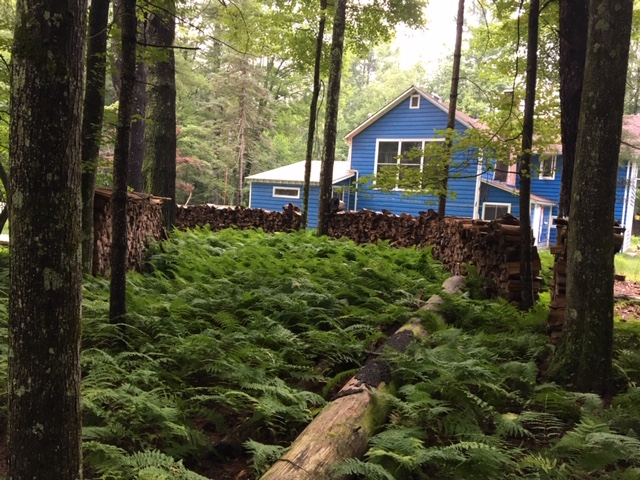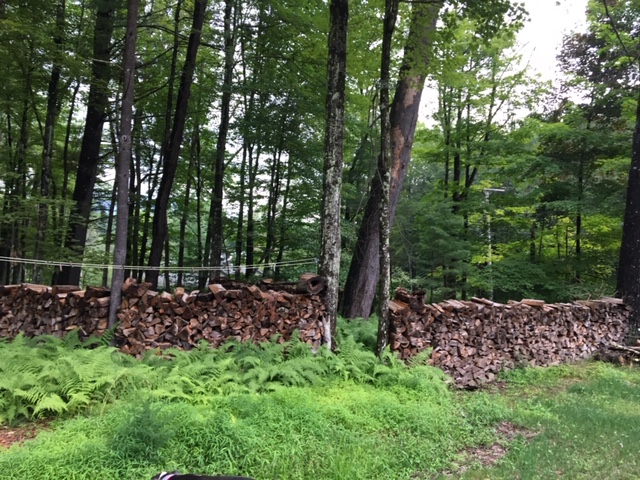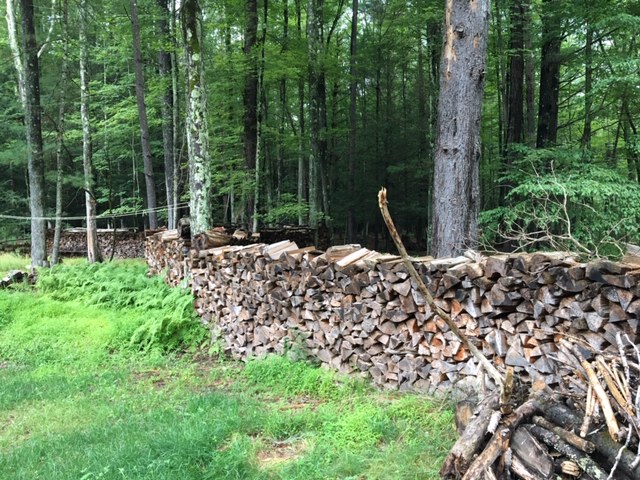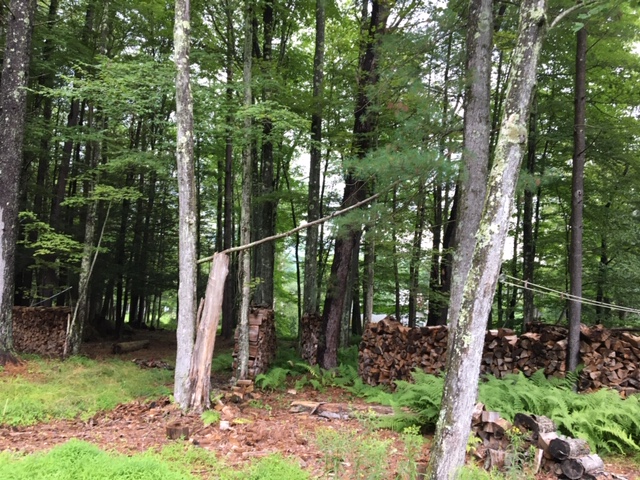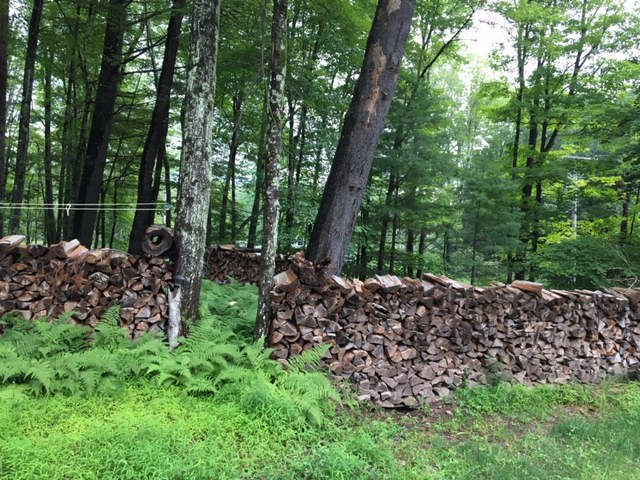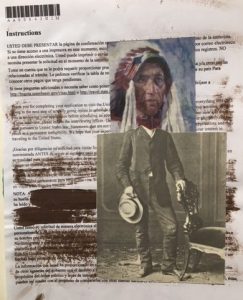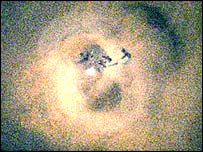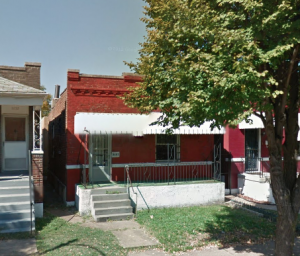Moving Through the Open Room Arranging Emptiness
Protected: Magnetic Charta 1
0. (“The pervasiveness of penology…”)
TOKYO A TOTO 01
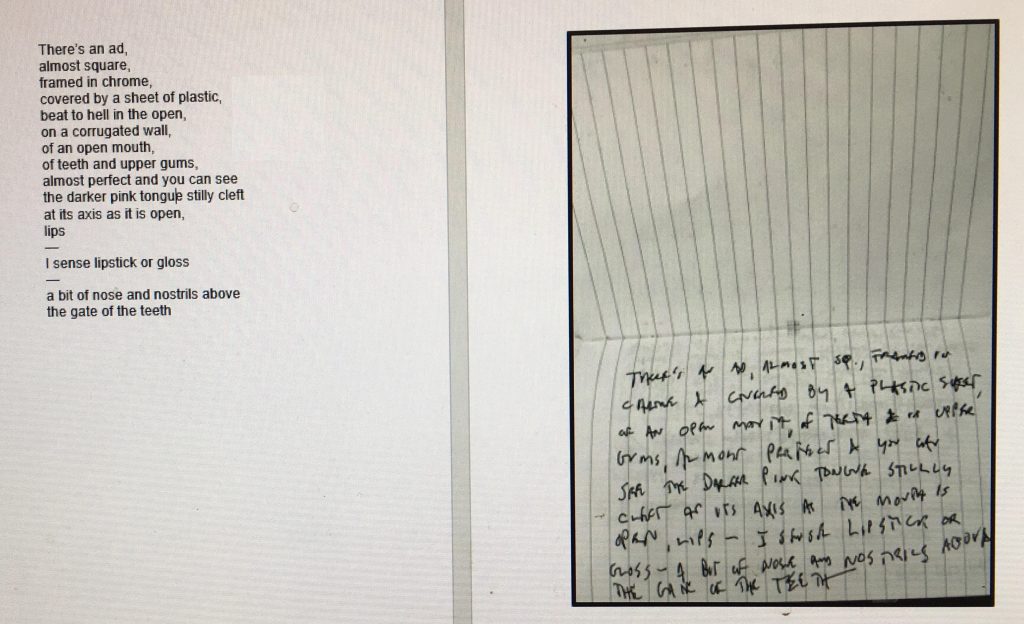
Describe the purpose of the image (opens in a new tab) Leave empty if the image is purely decorative.
Above is the message you find in the word-press sidebar when you place an image in a post via it.
The above is purely decorative.
TOKYO A TOTO 00
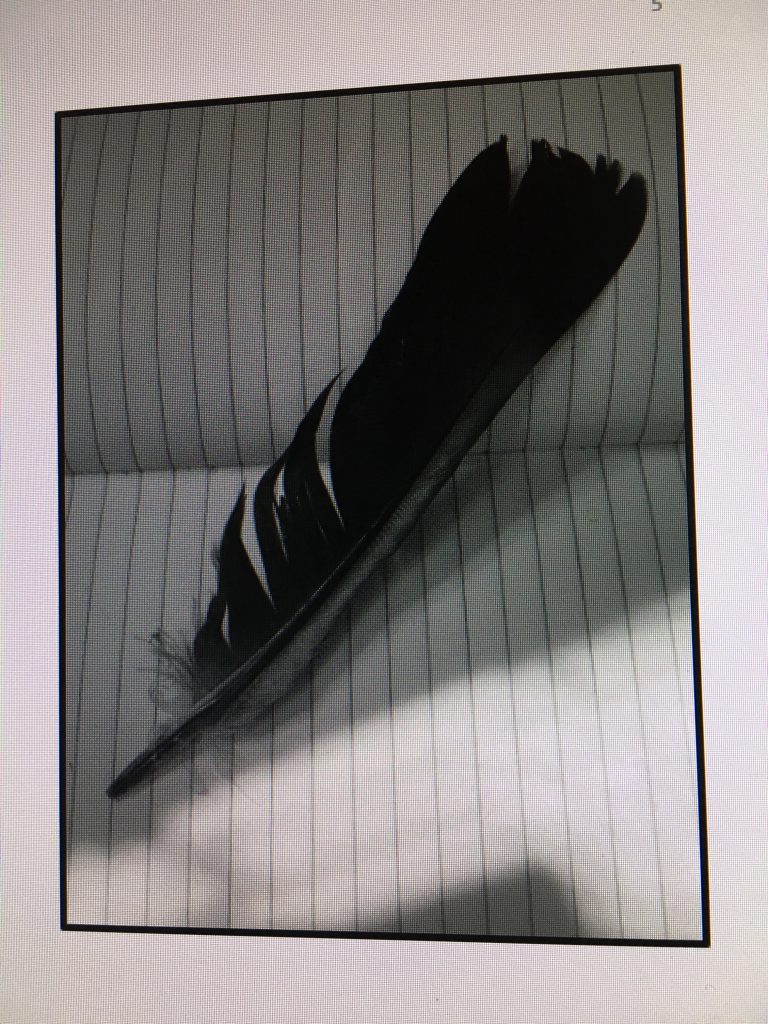
Woodwork

“Nonlinear structures–the shapes found in Nature–are the visible remnants of the movement of life through matter.”
–Stephen Harrod Buhner, The Secret Teachings of Plants
I’ll wait awhile to let the clouds clear if they will before I go take some photos of the stacked wood I have left from the twenty-eight cords that dropped off a portable mill’s conveyor belt parked in the back along the treeline made when the Catskill Watershed Corporation and Bruce Utter put in our septic to protect New York’s water–and which in the next year I stacked and having gone through one substantial wall of it last year realize if i don’t take photos of it it will be gone before you know it, or even I do, as though it never was, which would be a shame as it’s been a total delight to move among the quartered sixteen-inch logs these triangular wedges that I can’t think about without thinking about Darwin and his and all the learning that goes into stacking wood and this collaboration and evolution of the land to these lines I’ve felt for some time represent a signal, more than a letter or sign–as though there were something to communicate between them–which for me was mostly happiness to be engaged in making something even if it was just arranging and generally caring for and opening it in different directions.
“It is such a simple observation that there are no straight lines in Nature. But it is a door into Nature’s heart.”
–Stephen Harrod Buhner, ibid.
The one thing I took particular delight in was having the wood ford the seasonal and big-storm water run along through there, and it was some challenge it turned out in terms of maintenance because I couldn’t see straight and way misaligned where I thought it went in and out–I mean hours trying to get it to flow right and could not figure it out–and drained a trench thinking it had something to do with gravity–and showed my daughters who also couldn’t figure out why it wasn’t draining–until for no particular reason except the end of the line in terms of efforts I decided I would measure the two sides and wham! where I was digging out on one end was about a foot off from where I was digging out on the other. I don’t ascribe what happened to any signal I acquaint with this place–yet I mean there is something here–or this grey between-storm afternoon–though the feeling of connecting the two ends was incredible–to see the sunlit through the tunnel again after months of idiocy.
This place has been a sanctuary, where I’d sit panting heavily between exertions heaving and leveling and trying to hold the line and evolve a complex of walls. I imagined them as habitats with a roof of sky, though always more dry under the cedar, and to be that way inside them trying to figure them out, a portrait of shatter. For that time it was this camp I felt, like a one alighting awhile making dwelling–one place I went through and left better.
And best will be when it isn’t there.
Towers 1
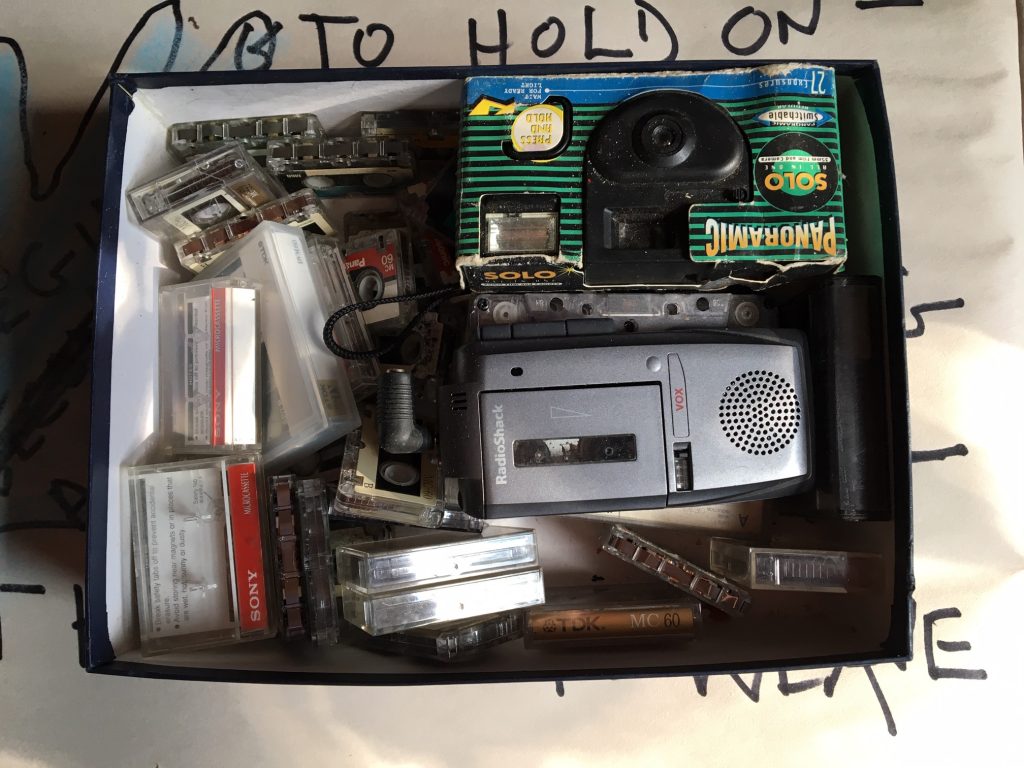
I awoke this morning with a strong desire–as I do most–a pryapic desire–which in the hierarchy of somewhat involuntary ones ranks close to those that form in the predawn hours of the “quickening,” or The Elixir, favored by yogis in some schools to meditate in, the veil being then most thin–yet in this case directed toward writing on my experience on that day now outside time called “Nine-Eleven,” or “9-11”–which in an ironic and perhaps swervy associative twist I link with Kurt Vonnegut’s “Ice Nine” from his novel Cat’s Cradle–I guess in part derived from the “nine” and then (transposed) the “I” in “Ice,” which grapholectically is like our “one”–as though from “I/1” letters and numbers light in different directions and almost seem to lead to different dimensions–and then my sense that letters and numbers constitute the battle–perhaps coming soon to another head–in which we have been engaged since Descartes, say, though the battle lines arguably may’ve been knitting for some time prior and traced to the beginnings of literacy to enumerating cattle, which in no small part we have been chopping and slicing and bundling–and monetizing, or “monitoring” (same derivation from the Roman god Juno surname)–ever since. Where the run of I and 1 go–which ultimately is zero, since it is always now–may be cauterized as the distinctions between “eternity” and “infinity,” the nuances of which puzzle me.
Underlying in part my desire falls to the fact I have a tape recording of that day I made on a hand-held cassette device when I joined a group going in to help rescue people and came at one point within two blocks of the World Trade Center hours after the towers collapsed. That tape is in this box with this slew of other mini-cassettes above, and I’ve wanted an occasion on which to find it, which I’ll do at the end of this exercise and play if it’s survived eighteen years of alternating heat and cold in attics, basements and other dungeons of the incontinuous present–with “incontinuous” in the sense of its use in this paragraph from Robert Louis Stevenson’s Across the Plains: with other Memories and Essays:
“I do not say that these revolutions are likely; only no man can deny that they are possible; and the past, on the other baud, is, lost for ever: our old days and deeds, our old selves, too, and the very world in which these scenes were acted, all brought down to the same faint residuum as a last night’s dream, to some incontinuous images, and an echo in the chambers of the brain.”
“(C)hambers of the brain” is overblown–though the World Trade Towers were on it–Chambers Street– and the great Century 21 clothing store below them crossing against traffic to look up hanging these towering silences gulls flew among.
The Non-Continuous Monkey in its Maze
On the Bus
…from Woodstock to New York last fall—to visit Loisaida on the “Lower East Side” to site an enactment of the Post-Cuban Cabaret—the artist Omar Pérez and I were shooting the breeze about Zombies and the vast hypnosis into which many of our fellow travelers in the throes of being human are stumbling or have fallen. (It’s an old story, though recently—and even setting aside the big “nature of sleep”—it seems to have taken a big leap in its power and complexity due in no small measure I feel to—among many others unnaturally—the father of public relations and public manipulation (propaganda) Edward Bernays, the shadow man Doctor Sax, down the alley dealing dope, in so many words, who invented the term “psychological warfare.” Of his Ivory Soap Prototophron campaign, Bernays writes: “As if actuated by the pressure of a button, people began working for the client instead of the client begging people to buy.” That alchemy, coupled with the ubiquity of hands-reach and instantaneous media via cell is sicking.)
The Coconut
And one way to talk about it is what Omar said then on the bus about the myth of the monkeys and the Einstellung Effect wherein: villagers, broadly speaking, catch monkeys by cutting a hole in a coconut and putting something monkeys want inside it, though making the hole just wide enough that they can’t get it out without letting go—so the monkeys walk around dragging coconuts.
We were near the back of the bus, not too crowded, and a beautiful day outside sunny at the end of summer—slumped in our seats with Omar at the window though on the driver’s side so over the Interstate—and Omar doesn’t like roads so much, or rather hurtling hunks of metal killing animals—and Omar never quite slumps—and looking over across the aisle witness a woman on her cell phone totally connected and watching intently, participating in this world that seemed very foreign to our own at that moment—the focus of her gaze away—when I said, “She can’t get her hand out of the coconut.”
I don’t think Omar had connected it—I think I actually make it—which is rare—and we looked at each other in the way you may with a friend to pierce through laughter what laughs—she had in ear phones—and figured it out quickly from there that on my god, she’s on the coconut!
The Takeaway
And so I can’t look at cell phones anymore without perceiving a coconut; and I advocate you form the same button.
I’m a big fan of this coconut association and feel it could be loaded into a Bernaysian cannon to explode us back from the brink of ourselves.
I should also say that recently I heard the tail end of a radio interview with Arthur Firstenberg talking about wireless microwave radiation in which I thought I heard “coconut.”
And remember “on the coconut” is maybe the best we can ask—at the edge of “in,” with a hand tightening around us (which I fear is true for many and sometimes myself, when I can find it).
Chuck Berry on the Road to Perseus Cluster
The B-Flat at a Cosmic Corner
It turns out black holes emit a sound—or the one centered in the Perseus cluster of galaxies about 250-million lights years away (or at the edge of numbers close to the edge of Cantor’s proposition of the existence of an “infinity of infinities”) does—a B-flat 57 octaves below middle C as recorded in ’03 at NASA’s Chandra X-Ray Observatory.
That hum is the deepest sound in the known cosmos in numerical notation written 262 Hz / 2^57, or about 1.818 femtohertz—take that!—completing one cycle every 17.44 million years, or say one hundredth of the age of the universe as we know it.
The B-flat within human-ear range is 466.164 Hz and sounds like the “go go” in the original recording of Chuck Berry’s “Johnny B. Goode.”
Chuck Berry’s B-Flat
Berry grew up in St. Louis, not Louisiana, and while his beginnings were hard—including time for armed robbery—he could “read and write”: moreover he went to school to become and earn a living as a beautician. We all should. Otherwise “Johnny B. Goode” is pretty fused to Berry’s biography and experience surging out the heart of the African-American suck—and it was originally “that little colored boy can play…”—not “country.” (It was changed to get anglo-American attention.) He probably composed the song with Johnnie Johnson, from which the “Johnny” derives (Johnson gave Berry his break into music)—and the “Goode” from the avenue in North St. Louis on which his childhood home was located (since razed). So it’s got sinew, this song written in Berry’s 20s and the start of a career the telemetry of which would place Berry in the Rolling Stone’s “100 greatest artists of all time,” fifth between the Rolling Stones and Hendrix, which I guess obvious to many.
What’s more telling maybe then the biographical resonance is the song’s archetypal one, harking to origins in the Delta and so to a sense of calling. You know it was Berry’s choice to place him in Louisiana, not “North Saint Louis” (same syllabic-stress count and could work like “country” for “colored”). That’s where one feels the B-flat, which Berry’s use of may have derived from Johnson’s piano—vs. guitar—keys. (According to Spin, Strangeness and Charm, while viable to use B-flat to compose on piano, in standard guitar tuning it’s an awkward key and usually the song’s rendered in A, say.)
Yet in the act you can’t not hear the “B.” for “being” obviously—”Johnny be”—connecting to the hum of the hive in the middle at least of be’s if not cosmos. The “Goode” be good—to be out of and at one’s start (Goode Avenue) and rock nativity—to hear it and have goods to call back to “be”—our human aspiration equals Chuck Berry.
A Stretch
…and maybe it is yet I want to feel the one event between the edge of the universe calling and Berry responding. And it’s what I’d wish each us. Carl Sagan might have felt it facilitating the inclusion of “Johnny B. Goode” on the Voyager’s Golden Record—its only rock song, accompanying among others Bach’s Brandenburg Concertos—with Sagan writing to Berry it “…will last a billion years or more” (as below).
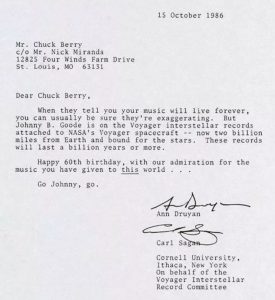
Here below are photos of the Perseus cluster juxtaposed with the house where Berry wrote “Johnny B. Goode”: 3137 Whittier Street near his birthplace.
We want that sense that both soundings are equidistant simultaneous touching humming you can’t see the edge of yet according to Atlas Obscura there’s a faint “B” presumably for “Berry” still visible on the awning over the front porch.

